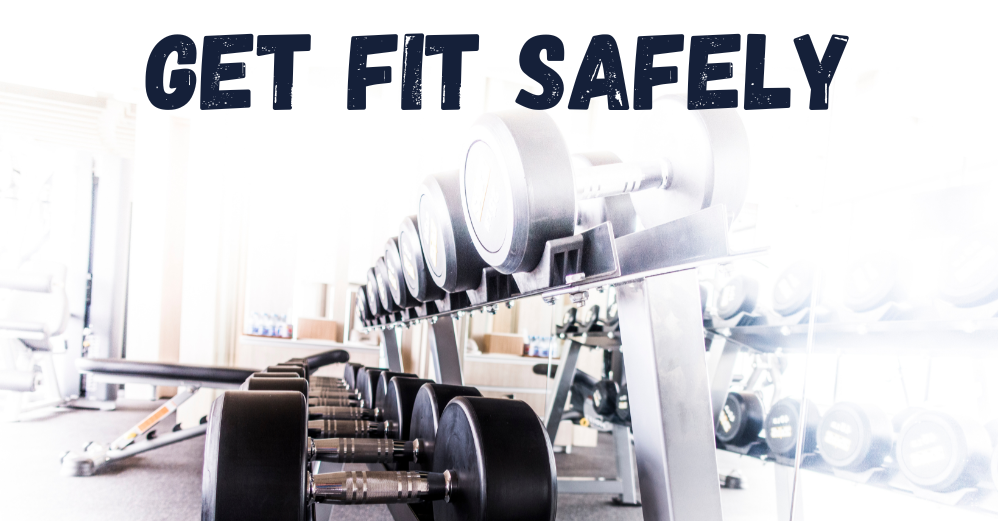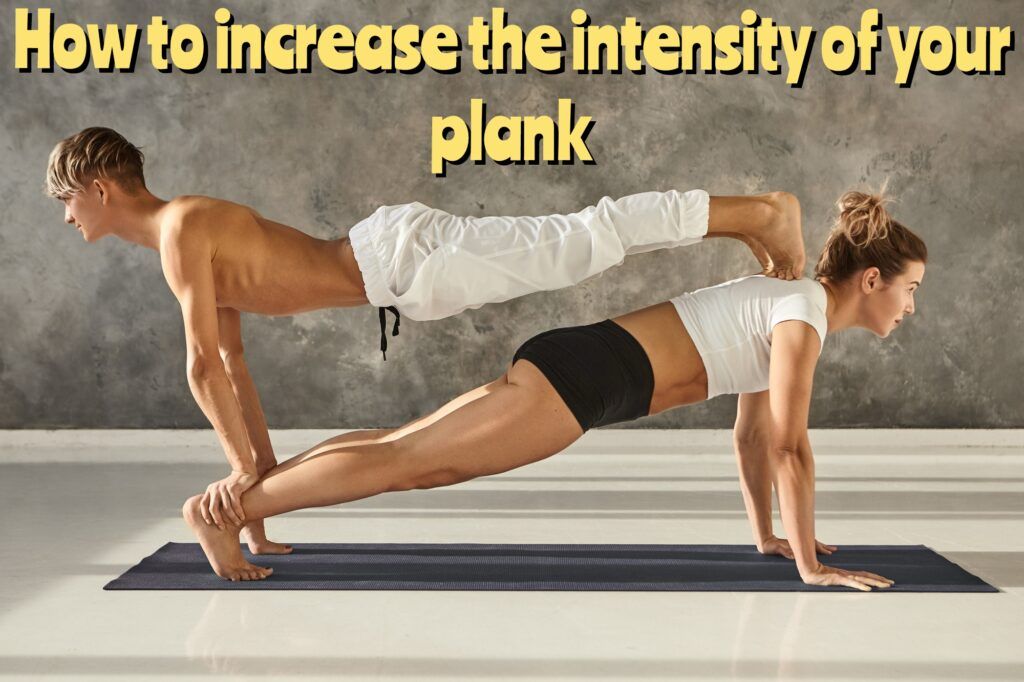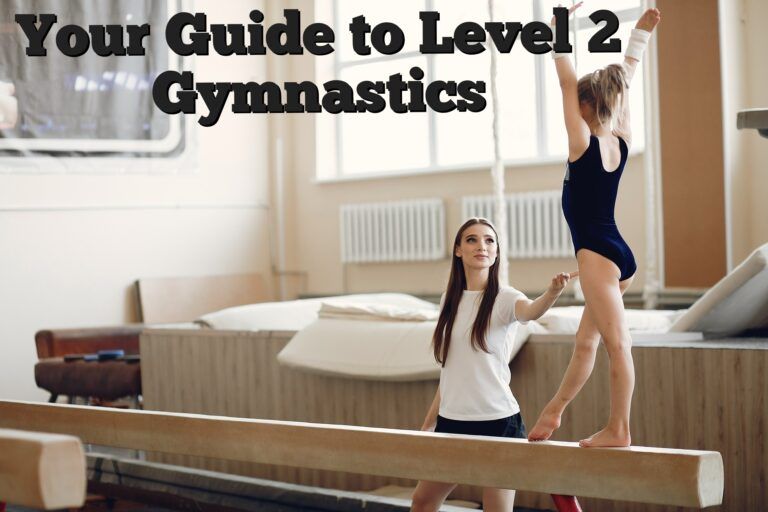The standard plank is a go-to exercise for building core strength.
It’s simple, yet incredibly effective.
But like any workout, doing the same thing over and over can lose its punch.
Your body gets used to it, and you stop seeing progress.
That’s where variations come in.
Let me explain why this happens.
When it comes to working out, there’s a key principle: progressive overload.
This means you need to keep challenging your muscles with more stress to see growth and improvement.
If you stick to the same moves, your muscles adapt, and the exercise stops being as effective.
So, mixing things up with different plank variations is key.
Plank variations spice up your routine and keep things interesting.
They work different muscles and hit your core from new angles.
This boosts your strength, stability, and control.
Plus, it’s not just about physical gains.
These variations can also enhance your body awareness and coordination, which helps in everyday life too.
So, why stick to the same routine?
Try these 15 plank variations and keep pushing your limits.
1. Forearm Plank
The Forearm Plank is a cornerstone in the vast world of bodyweight exercises.
This exercise requires neither special equipment nor complex movements.
It’s about endurance, stability, and determination.
In every Forearm Plank, each fiber of your core engages, working together in a well-coordinated display of strength and tension.
It all starts with:
- Position yourself face down, resting on your elbows and forearms on the ground. The elbows should be directly aligned under the shoulders.
- Extend your legs straight behind you, resting on the balls of your feet.
- Lift your body to form a straight line from head to heels, keeping your core engaged and your back straight.
- Hold the position for your desired time, focusing on maintaining proper and stable form.
2. Plank with Shoulder Touch
The Plank with Shoulder Touch, on the other hand, transforms the static nature of the standard plank into a dynamic game of balance and control.
This variation adds a touch of complexity, challenging you to defy gravity as you push the limits of your stability.
Here’s how to perform this exercise:
- Begin in a high plank position, with your hands positioned directly beneath your shoulders and fingers pointing forward.
- With a slow and controlled movement, lift one hand off the ground and touch the opposite shoulder, aiming to minimize weight shifting.
- Return to the starting position and repeat the movement with the other arm.
- Keep your core engaged throughout the exercise to ensure that your body remains as stable as possible.
3. Plank with Arm Lift
The Plank with Arm Lift is an exercise that invites challenge, testing your balance and control as you add a dynamic element to the classic plank position.
In this variation, you navigate through a sea of body tension, seeking balance as one arm lifts off the ground to reach the sky.
Here’s how to execute this exercise:
- Start in a high plank position, with your hands resting on the ground directly beneath your shoulders and fingers pointing forward.
- Keeping your core engaged and your body as stable as possible, lift one arm to bring it parallel to the ground.
- Slowly return the arm to the starting position, minimizing body movements.
- Repeat the exercise with the other arm.
4. Plank with Leg Lift
The Plank with Leg Lift is another piece in the challenging and exploratory puzzle that is the plank.
Like an acrobat, you elevate one leg off the ground, putting your stability and strength to the test.
Performing this exercise requires concentration and precision:
- Start from a high plank position, with your hands positioned directly beneath your shoulders.
- Without altering the position of your body, lift one leg to bring it parallel to the ground, always keeping your core engaged.
- Slowly bring the leg back to the starting position and repeat the exercise with the other leg.
5. Side Plank
The Side Plank is a tribute to symmetry and balance, an exploration of the lateral strength of your core.
It takes the static nature of the plank and flips it, challenging you to sustain the tension on one side of your body.
Here’s how it’s done:
- Start by lying on your side, resting on one elbow on the mat directly beneath your shoulder.
- Extend your legs and stack your feet on top of each other.
- Lift your body, supporting it only with the arm and feet, maintaining a straight line from head to heels.
- Hold this position for as long as possible, keeping your core engaged and your body stable.
6. Plank with Knee to Elbow
The Plank with Knee to Elbow is an exercise that requires coordination and precision.
In this version, every part of your body has a specific function.
During this exercise, your body performs a series of fluid movements as your knee and elbow come together.
Let’s go through the steps to execute this exercise:
- Start in a high plank position, with your hands positioned directly beneath your shoulders.
- Lift your right knee to touch your right elbow, keeping your core engaged and your body stable.
- Return to the starting position and repeat the exercise on the opposite side.
7. Dolphin Pose Plank
The Dolphin Pose Plank is a lesson in fluidity and control, a journey through the arch of your body as you move between two positions that challenge the strength of your core.
Like a dolphin leaping out of the water, you will bend your body into an arch, testing your strength and flexibility.
Learn the proper technique for executing this exercise:
- Start in a forearm plank position, with your elbows positioned directly beneath your shoulders.
- Lift your hips towards the sky, pushing back with your hands and bringing your body into a position similar to “Downward Facing Dog” in yoga, but with the elbows on the ground.
- Slowly return to the starting position, aiming to keep the body as stable as possible.
- Repeat the exercise for the desired number of repetitions.
8. Plank Up Downs
If the standard plank has introduced you to physical training, the Plank Up-Down will elevate you to a higher level of exercise.
- Start as if you’re about to execute a standard plank, your hands firmly planted on the mat, your body forming a straight line from head to heels.
- Next, with a smooth and controlled movement, lower one arm at a time onto the mat until you’re in a forearm plank. Imagine you’re sliding under barbed wire, keeping your body flat and your core engaged.
- But don’t stop there. Push back up onto your hands, one at a time, returning to the standard plank position.
- Remember to alternate the starting side.
Don’t worry if you find this variation challenging at first.
Keep trying, and over time, you’ll see improvements.
9. Plank with Rotation
The Plank with Rotation is a test of balance and strength.
It combines the endurance of the plank with the dynamic movement of rotation.
Here, your body becomes a pivot point, a center of rotation around which everything moves.
Here’s how to perform the exercise:
- Start in a high plank position, with your hands positioned directly beneath your shoulders.
- Slowly rotate your body to the right, lifting your right hand towards the sky while maintaining balance on your hands and feet.
- Return to the starting position and repeat the movement on the left side.
- Continue to alternate sides for the desired number of repetitions.
10. Bird Dog Plank
The Bird Dog Plank is an exercise in stability and coordination.
This variation of the plank challenges you to explore the synergy between the upper and lower limbs in a game of tension and release.
Take a look at the proper execution of this exercise:
- Start in a high plank position, with your hands positioned directly beneath your shoulders.
- Extend your right arm and left leg simultaneously, aiming to keep them parallel to the floor.
- Return to the starting position and repeat the movement with the left arm and right leg.
- Continue to alternate sides for the desired number of repetitions.
11. Plank Walk-Out
The Plank Walk-Out is an exploration of balance and strength, a journey that takes you from vertical to horizontal, challenging your stability.
Pay attention to these instructions for performing this exercise:
- Start in a standing position, with your feet shoulder-width apart.
- Bend your body forward from the hips, place your hands on the floor, and slowly walk your hands forward until you reach a plank position.
- Once in the plank position, walk your hands back to return to a standing position.
- Continue to repeat the exercise for the desired number of repetitions.
12. Plank Jacks
Plank Jacks are a dynamic blend of the traditional plank and jumping jacks, bringing an element of cardio into your plank routine.
Not only will this exercise challenge your endurance, but it will also test your coordination.
Follow these steps to perform the exercise:
- Start in a high plank position, with your hands directly under your shoulders and your feet together.
- Engage your core, then jump to spread your feet wide apart, similar to the motion of a jumping jack.
- Immediately jump again to bring your feet back together.
- Continue repeating this jumping in-and-out motion for your desired number of repetitions. Remember to keep your hips low and your core engaged throughout the exercise.
13. Frog Jump Plank
The Frog Jump Plank is a variation of the plank that combines cardio, strength, and flexibility into one dynamic movement.
It’s an exercise that challenges your core, legs, and cardiovascular system in a ballet of jumping and landing.
Here’s how to execute this exercise:
- Start in a high plank position, with your hands positioned directly beneath your shoulders.
- Jump your feet towards the outside of your hands, as if you were in a squat position.
- Jump back to return your feet to the starting position.
- Continue to repeat the exercise for the desired number of repetitions.
14. TRX Plank Hold
The TRX Plank Hold is a resistance exercise that tests your strength and stability.
Using the TRX straps, you’ll have to support your body in a position that continuously challenges your balance.
Follow these instructions closely to execute the exercise:
- Place your feet in the TRX straps and start in a plank position, with your hands positioned directly beneath your shoulders.
- Maintain the position, making sure to keep your core engaged and your body in a straight line from head to toe.
- Try to hold the plank for the desired amount of time.
15. Plank to Pike
The Plank to Pike is a captivating exercise that combines core strength with flexibility and balance.
It’s a movement that takes you from a horizontal position to a vertical position, continuously challenging your body control.
Here’s a detailed description of the exercise:
- Start in a high plank position, with your hands positioned directly beneath your shoulders.
- Keeping your legs straight, lift your hips towards the sky to bring your body into an inverted “V” position, similar to a downward dog pose in yoga.
- Pause for a moment, then slowly lower your hips back down to return to the plank position.
- Continue to repeat the exercise for the desired number of repetitions.
Benefits of Planks
Planks might seem super basic at first glance, but trust me, they pack a punch when it comes to benefits.
Here’s why you shouldn’t underestimate this core staple:
Core Strengthening
Think of your core as the powerhouse—abs, hips, back, all working together.
Planks fire up these muscles like no other, giving you that solid base of strength you need for everything else.
Better Posture
Want to stop slouching?
Planks got your back—literally.
They target the muscles that help keep you upright.
Do them regularly, and you’ll find yourself standing taller without even trying.
More Flexibility
Yep, planks aren’t just about strength.
They also stretch out those muscles in your shoulders and feet, giving you a nice boost in flexibility.
Who knew holding still could loosen you up?
I love that I can work on my flexibility without even having to do a separate stretch.
Less Back Pain
Nobody likes back pain.
Planks are a great way to keep it at bay—they strengthen your core without stressing your spine.
It’s a win-win.
Boosted Athletic Performance
A strong core helps with pretty much any physical activity you can think of.
Whether you’re lifting weights, running, or just chasing your dog around, planks give you the stability to do it better.
Personally, I’ve noticed I’m way more stable during workouts, and even during random activities—like that time I almost slipped but managed to save myself (thanks, core strength!).
Plank Variations for Beginners
If you’re reading these lines, you’re likely about to embark on a new exercise routine.
Starting with the plank may be your first choice, but there are plank variations that might be more suitable for beginners.
These beginner-friendly plank variations are designed to help you build a solid foundation of strength before progressing to more challenging exercises.
Kneeling Plank:
A traditional plank can be demanding for beginners.
The kneeling version reduces the load on the core, making the exercise more manageable.
In this variation, assume a position as if you’re about to perform a standard plank, but instead of supporting yourself on your toes, place your knees on the floor.
Ensure that your body forms a straight line from your shoulders to your knees.
Wall Plank:
This is perhaps the simplest variation of the plank.
Instead of resting on the floor, you lean against a wall.
Stand facing a wall, then lean forward and place the palms of your hands on the wall, keeping your arms straight.
Your body should form a straight line from your head to your heels.
Incline Plank:
A perfect variation for beginners.
This exercise utilizes a bench or an elevated surface to modify the body’s angle, thereby reducing the difficulty.
Start by positioning yourself in front of the elevated surface, and place your hands on it while keeping your arms straight.
Extend your legs behind you and ensure that your body forms a straight line from your head to your heels.
Plank Challenges
I’m sure you’ve heard of the plank challenges that are popular on the web.
These challenges are a fun and stimulating way to improve your strength and endurance over time.
But what are they and how do they work?
The 30-Day Challenge:
The most popular challenge is the 30-day plank challenge.
It starts by holding the plank position for 20 seconds on the first day and progressively increasing the time each day until reaching 5 minutes on the 30th day.
Here’s how it works:
- Days 1-2: 20-second plank
- Days 3-4: 30-second plank
- Day 5: Rest
- Days 6-7: 40-second plank
- Days 8-9: 1-minute plank
- Day 10: Rest
- Days 11-12: 1.5-minute plank
- Days 13-14: 2-minute plank
- Day 15: Rest
- Days 16-17: 2.5-minute plank
- Days 18-19: 3-minute plank
- Day 20: Rest
- Days 21-22: 3.5-minute plank
- Days 23-24: 4-minute plank
- Day 25: Rest
- Days 26-27: 4.5-minute plank
- Days 28-30: 5-minute plank
The Progressive Challenge:
If you want an even greater challenge, try the progressive challenge.
This challenge is based on the idea of increasing both the time and the difficulty level of the plank.
For example, you could start with a standard plank and then progress to more challenging variations like a plank with arm or leg lifts, a side plank, and so on.
Tips for Incorporating Plank Variations into Your Workout
Start Small:
You don’t need to tackle all 15 plank variations right away.
Start with just one or two that look fun (or challenging) and add more as you get the hang of it.
When I first tried side planks, I thought they were impossible, but breaking it down into manageable steps made it way easier.
Work Them Into Your Routine:
Plank variations work well with almost any type of workout.
Doing cardio?
Sneak in a plank during rest intervals.
Lifting weights?
Use a plank as a “filler” in between sets to keep that core engaged.
Warm-Up or Cool-Down:
Planks are perfect for warming up or cooling down.
They fire up your muscles and get your body ready to work.
Personally, I find doing a couple of planks before I start makes me feel more centered and ready to tackle the workout.
Create a Plank Circuit: You could even make a full plank circuit! Pick 5 or 6 different plank variations, do each one for a set amount of time, and then rest.
It’s a simple way to keep your core on its toes.
I love doing this when I’m short on time but still want to feel like I’ve worked my core hard.
Mix It Up with Other Exercises: Planks are great for your core, but they also pair really well with other moves for a killer full-body workout.
Try doing some planks, then jump into squats, deadlifts, or push-ups.
You’ll feel the difference!
RELATED:>>> How Proper Breathing Enhances Your Plank Exercise Routine
Conclusion
Plank variations have really changed the game for me when it comes to core workouts.
They’ve pushed me out of my usual routine and helped me build strength in ways I didn’t expect.
If you’re like me and sometimes get bored with the same old moves, throwing in a few new planks keeps things fresh and challenging.
FAQs
How many minutes per day should I do a plank?
The answer to this question can vary depending on your fitness level, but generally, you could start with short sessions of 20-30 seconds and gradually build up your endurance.
Does plank only work the core muscles?
While the plank is primarily known as a core exercise, it engages a range of muscles throughout the body, including those in the arms, shoulders, and legs.
Is it normal to feel back pain during the plank?
If performed correctly, plank should not cause back pain. If you experience pain during the exercise, it may be a sign that your form is incorrect or that you are holding the position for too long.
What should I do if I can’t maintain proper form during plank?
If you’re struggling to maintain proper form, it may be helpful to regress to simpler variations of the plank or reduce the duration of your plank until you feel stronger.





